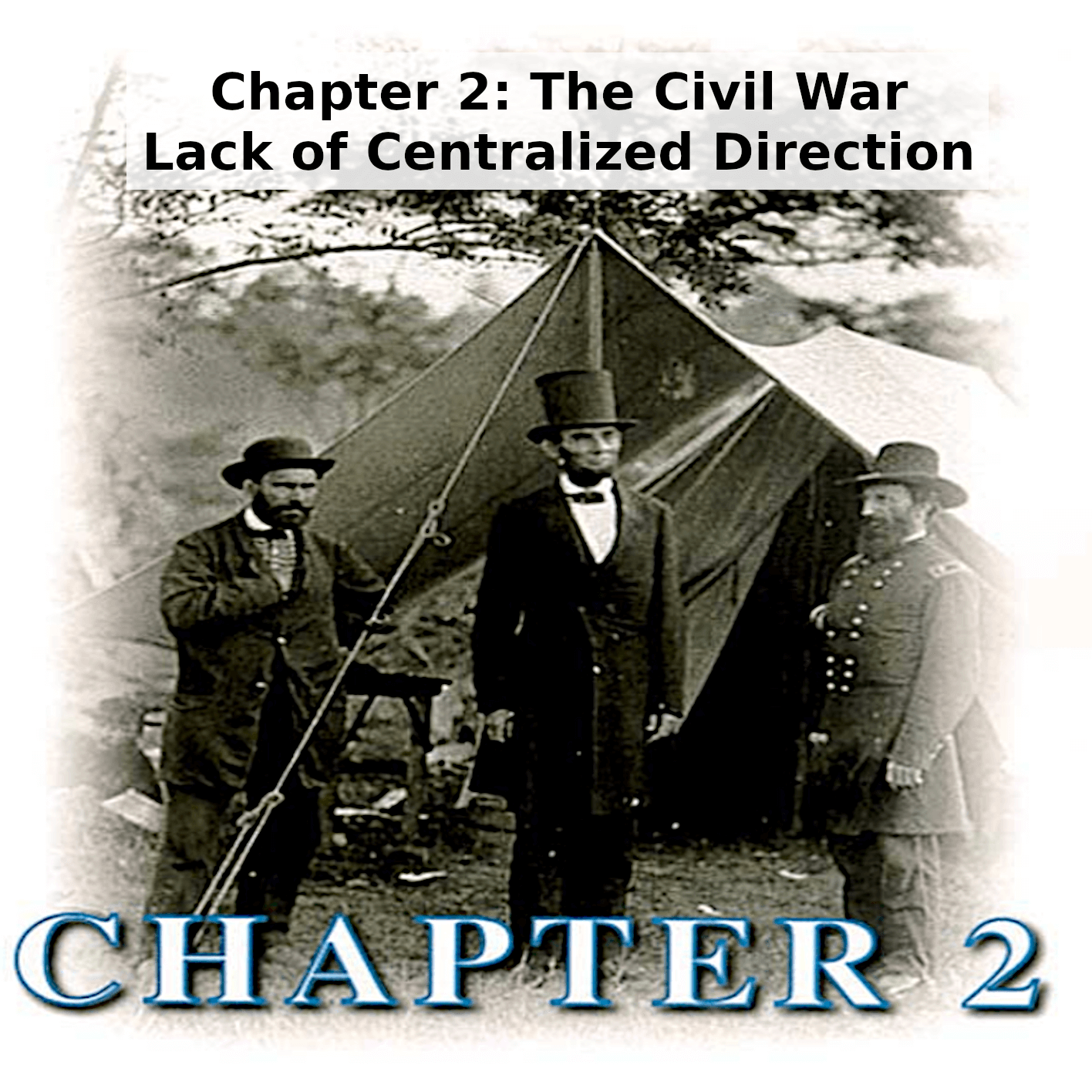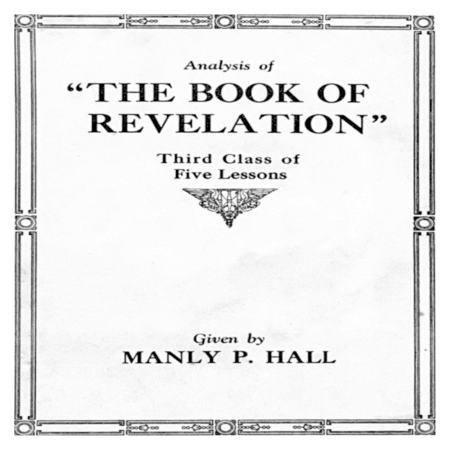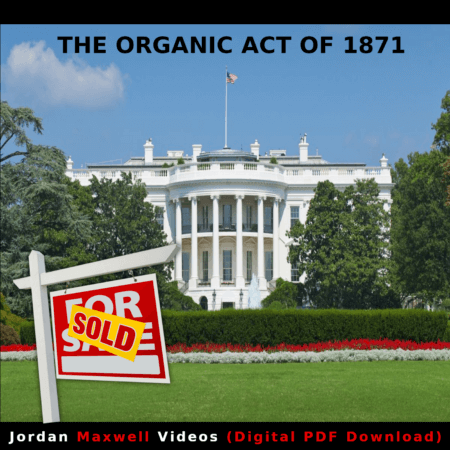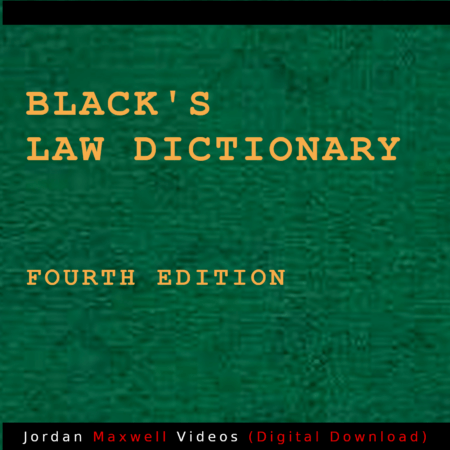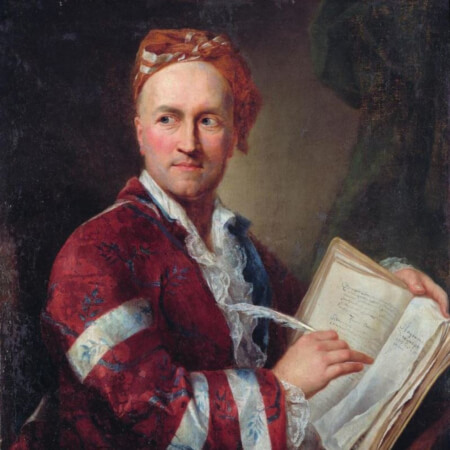Description
The Treaty of Paris: A New Beginning—or New Control?
The American Revolutionary War officially ended with the Treaty of Paris in 1783. Britain recognized the independence of the thirteen colonies, and a new nation—The United States of America—was born. However, as researchers like Jordan Maxwell often note, the story does not necessarily end there. Moreover, the postwar settlement raised fresh questions about who would wield power in the emerging republic. For example, the terms shaped trade, debts, and diplomacy long after the peace was signed.
Did America Truly Gain Independence?
While the United States won military independence from Britain, many argue that economic and legal dependence soon followed. In addition, the Constitution, a stronger central government, and early debt agreements with European financiers reshaped the young nation’s obligations. Consequently, some observers contend that control shifted from imperial hands to domestic and international elites. Likewise, financial leverage and legal formality began to define the real limits of sovereignty.
The Rise of Legal and Financial Structures
After the war, America rapidly developed centralized financial systems, admiralty-style legal frameworks, and corporate governance models that echoed British practices. Furthermore, growing commercial networks encouraged uniform rules that favored large stakeholders. As a result, truth-seekers argue these were not accidents but steps in a broader design tying the republic to international interests. Meanwhile, ordinary citizens navigated new courts, contracts, and credit arrangements that set the terms of daily life.
Who Really Benefited?
Everyday Americans believed they had secured liberty; yet power increasingly consolidated among wealthy landowners, bankers, and legal elites. In practice, new arrangements often prioritized contracts, credit, and compliance over local autonomy. Ultimately, this outcome set the stage for what some call “freedom under contract,” where formal sovereignty coexists with pervasive institutional control. Nevertheless, the promise of self-government continued to inspire reformers who challenged entrenched interests.
Why This Matters Today
Understanding the real outcome of the Revolution helps explain the legal and political landscape we navigate now. Therefore, The American Revolution — Chapter 2 invites a sharper question: was it truly a victory for the people, or a reshuffling of power at the top? Additionally, examining laws, finance, and symbolism together provides a clearer frame for modern governance and personal rights. In turn, readers can evaluate policy debates with historical context rather than slogans.
Treaty of Paris (1783) — Wikipedia
American Revolutionary War — Wikipedia
Own The complete 27-DVD collection
A comprehensive journey through Jordan Maxwell’s research.

Request Jordan Maxwell’s 27-DVD legacy collection for just $399. Act now while it’s on sale!
Jordan Maxwell: Wikipedia
Jordan Maxwell 27 DVD Collection
© Jordan Maxwell Videos. All Rights Reserved.

